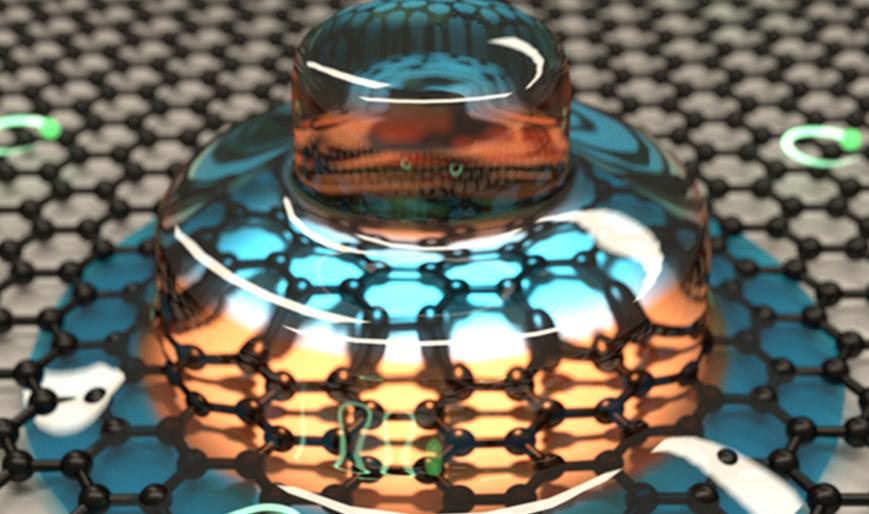
Scientists develop a low-cost method to produce the ‘wonder material’ – Graphene
- Sathyan Subbiah Department of Mechanical engineering
Graphene, a ‘wonder material’ derived from graphite, promises new revolutions in the field of electronics, computers, solar panels, optics, bioremediation etc. These new horizons in various fields are, however, halted by the low and costly production of graphene. A team of scientists from IIT-Madras has now developed a low-cost method for production of graphene nanoplatelets clearing a major roadblock in the application of graphene in various industries.
Graphene is a single-layer carbon allotrope extracted from graphite (a key ingredient in pencil lead). Unlike its parent graphite, graphene is harder than diamond, conducts electricity better than copper, impermeable, highly elastic, flexible, thin, extremely transparent and lightweight, making it versatile for various applications and is therefore popularly referred to as a wonder material. Given the potential of graphene in various fields, the scientist duo who produced graphene by peeling the graphite repeatedly using a scotch tape was awarded the Nobel Prize in Physics in 2010. Although research is underway to make superb devices using graphene, its cost of production currently limits its widespread use.
To remove this bottleneck, Wazeem Nishad and Dr. Sathyan Subbiah from IIT Madras were looking for unconventional ways of graphene production. Typically, graphene can be made by bottom-up approaches of production such as catalytic chemical vapor deposition or epitaxial growth over silicon carbide or by a top-down approach, i.e., breaking graphite. The bottom-up approaches produce high-quality graphene which can be used for sophisticated applications in electronics, opto electronics or research but is costly. However, graphene produced by breaking graphite is comparatively cheaper and can be used for making inks, coatings or as a catalyst for speeding up chemical reactions and has various other applications.






